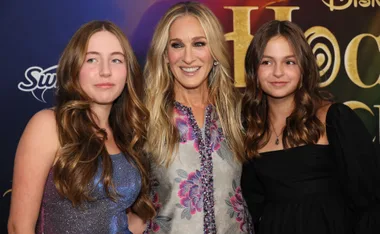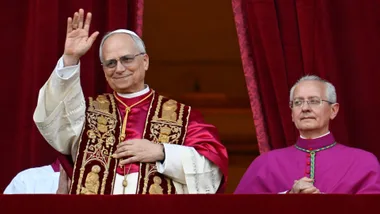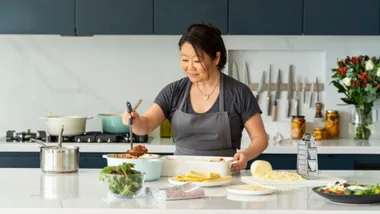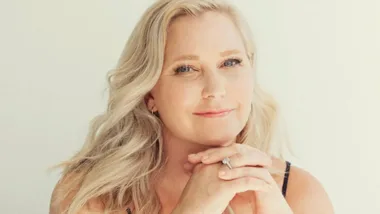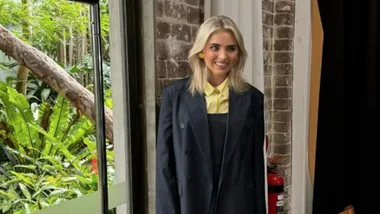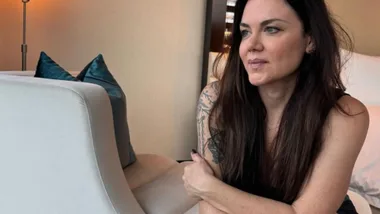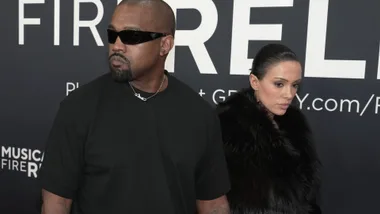Sitting inside her caravan home in a holiday park in Ballina, New South Wales, single mum Lauren looks at her daughter and beams.
Three-year-old Freya is watching the children’s television series Gabby’s Dollhouse on her mum’s laptop, a rare treat for a girl who has no television, and she’s soaking up every minute. The pair have been living in the borrowed caravan since the recent flooding of Lismore saw water slosh over the balcony of their second-storey apartment, nearly drowning them. The caravan holds a bed, a little couch with a table for meals, a bar fridge that can hold up to two days’ worth of food and a microwave. It’s small, says Lauren, but it’s a home.
Among the many drawbacks of their new accommodation are the nights’ coldness, the winds that howl off the nearby bay, and the constant thump of music from the raucous local pub, a stone’s throw from the caravan’s aluminium frame.
Still, the art-obsessed, craft-loving Freya “seems to like it”, says Lauren, 27. “But we’ve been on this journey so many times she doesn’t know any different. She doesn’t know what a real home is, because we’ve never had one for longer than a year.”
Lauren is one of the thousands of women in Australia who don’t have a permanent place to call their own. Before the flood, Lauren, a university- educated disability support worker, found herself homeless after leaving a turbulent home life. On a single income and Centrelink benefits,
she had only recently persuaded a landlord to rent her the Lismore flat, after couch-surfing at friends’ houses for weeks.
Every night in Australia, there are 49,000 women who are homeless for reasons including fleeing violence and abuse, grappling with rising rents in the wake of a marriage breakdown or job loss (including during the pandemic), or becoming displaced through natural disaster.
“The homeless stereotype of the middle-aged man on the street with an addiction is incorrect,” says Jenny Smith, chair of Homelessness Australia and CEO of Victoria’s Council to Homeless Persons. “It’s women, children and young people. Homelessness affects women of all socio-economic backgrounds.”
Women such as former business owner Talie Star, whose decision to escape a deeply unhappy domestic situation led to the collapse of her income and relying on the hospitality of strangers to avoid sleeping in her car. “Being homeless is one of the most soul-destroying things you can experience,” she says. “You have no place to go, no place to feel safe.”
Also losing her prized haven was Glen-Marie Frost, the celebrated Sydney PR doyenne and publicity chief of the 2000 Sydney Olympics, whose marriage breakdown and ailing health saw her suddenly on a waitlist for public housing. “If it can happen to me, it can happen to anyone,” she says.
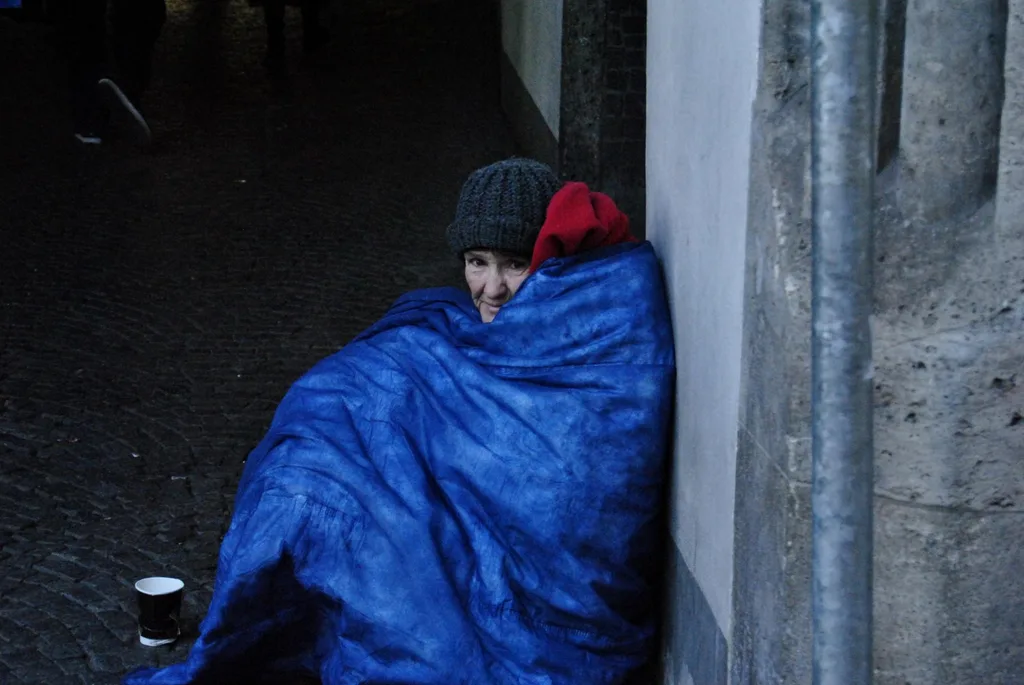
In fact, Glen-Marie is part of a growing group of vulnerable women who become homeless in later life. In 2020, the Housing for the Aged Action Group reported that for women aged 55-64 in a private rental, some 28 per cent, or 240,000, are at risk of becoming homeless. Another 165,000 women aged 45-54 are also at risk.
“When there’s a relationship separation, it’s inevitably the woman who is the one left without a roof over her head,” says Queensland Senator and Greens co-deputy leader Larissa Waters. “With the lack of affordable housing, there’s a real awareness that it doesn’t take much to tip someone into housing insecurity.”
The solution? More social housing. The Morrison government has pledged $2 billion to the National Housing Finance and Investment Corporation (bringing their total investment to $5.5 billion) to “support around 10,000 more affordable dwellings for vulnerable Australians”. And under Anthony Albanese and the shadow minister for housing and homelessness, Jason Clare, Labor has devised the most ambitious plan to date from any major party: a $10 billion Housing Australia Future Fund to build 30,000 new social and afford- able dwellings in its first five years, 4000 of which will be for women and children fleeing violence, “and older women on low incomes at risk of homelessness”.
But both plans, especially Morrison’s, fall severely short, say Waters and Smith. Indeed, Mission Australia CEO Sharon Callister says waiting lists have more than 200,000 people. “We’re hundreds of thousands of houses behind,” confirms Smith.
This leaves many women to choose between violence and homelessness. “Which is obscene,” says Waters, whose party proposes a 20-year plan to build one million public homes. “In Queens- land alone, there’s more than 50,000 people waiting for a home. We are a wealthy country. No-one should be without a roof over their heads.”
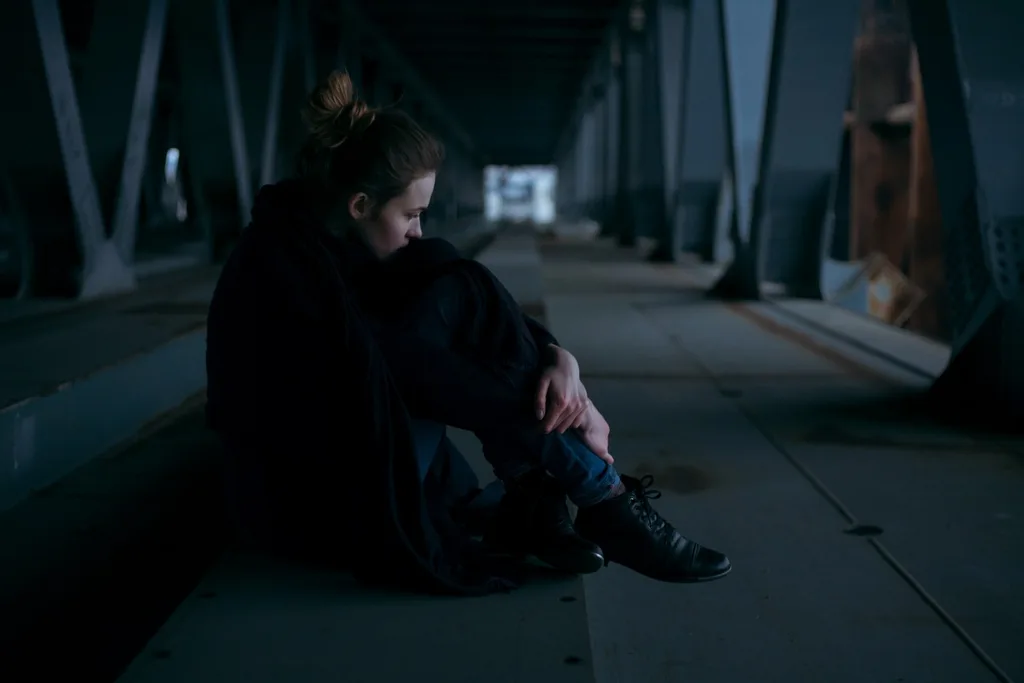
First Nations Plight
Indigenous Australians represent 3 per cent of the population, but account for about 20 per cent of those who are homeless. After suffering sexual abuse from the age of five, Seldean fled her “tin shack” home in a remote part of Queensland and relied on friends to provide a safe haven for her. Seldean, 27, who has two children, turned to alcohol to deal with her trauma, and later lost custody of her kids. But after reaching out to Mission Australia last year, Seldean, who is a descendant of the Waanyi people, now has a bed in Cairns through their transitional housing program, and has completed rehab. She has dreams of working in construction or mining. “I really want to be stable, to make sure I’m going to have money to pay rent,” she says. “I just want to have a place to come home to, with my kids.”
How Can You Help?
There are currently 400,000 women aged 50+ at risk of becoming homeless. It’s a national crisis that continues to slip through the cracks of parliamentary recognition. To help put women’s homelessness on the agenda, Are Media is petitioning for 16,810 permanent homes to address this crisis ahead of the upcoming election. To achieve this, the women’s safety and homelessness sector has determined that $7.6 billion is required from governments over the next four years to provide long-term housing for Australian women. Help enforce our position that women’s safety is a critical issue by signing the petition at unhoused- women.com.au.


